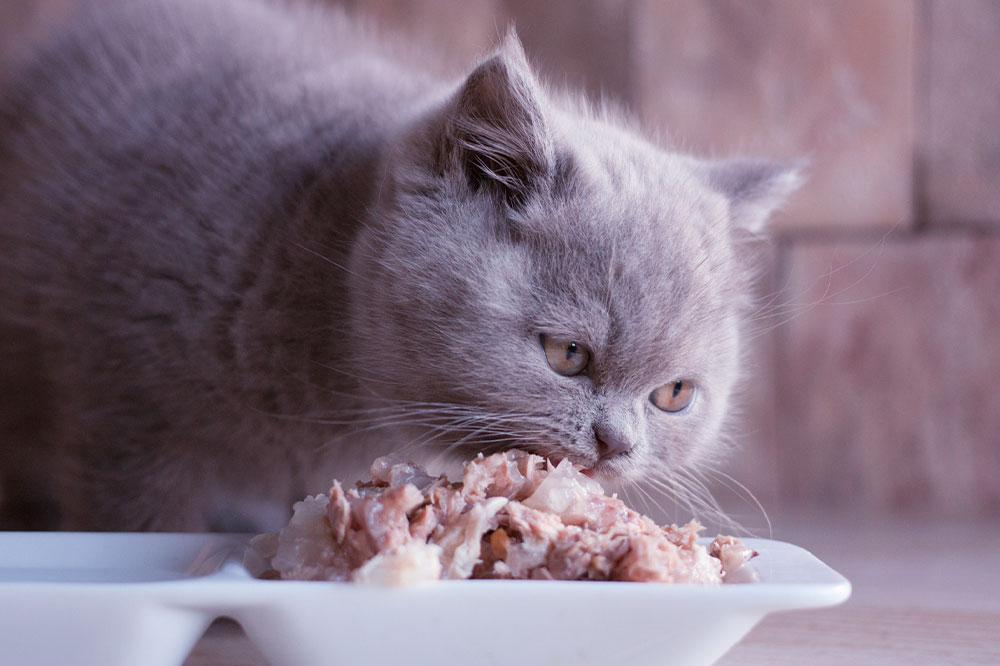
5 fragrant plants that repel ticks
Fleas and ticks are probably the most annoying things you have to deal with as a pet parent. You might have tried it all, and everything must have worked fine. But the moment you grow lenient, they are back. Ticks do not go away permanently, so you have to be vigilant round the clock. One way to deal with these parasites is to grow plants that repel ticks in outdoor and indoor gardens. Sage Many use sage leaves to enhance the taste of food. Interestingly, the plant is also great at repelling ticks and protecting your pets. So, consider growing sage indoors to prevent infestations. Lemongrass As the name suggests, this plant smells like lemon. While the fragrance may be appealing to you, it repels parasites. Many prefer growing this plant to repel ticks as it requires little maintenance. Lavender While this plant is known for its calming properties, insects would beg to disagree. Lavender is an effective repellent against moths, mosquitoes, and ever-annoying ticks. Its color, as well as its scent, are unappealing to the blood-feeding parasites. Garlic Ticks find the scent of garlic abhorrent. So, if you are looking up for plants that repel ticks from your household, grow this one in your outdoor and indoor garden.
Read More 










